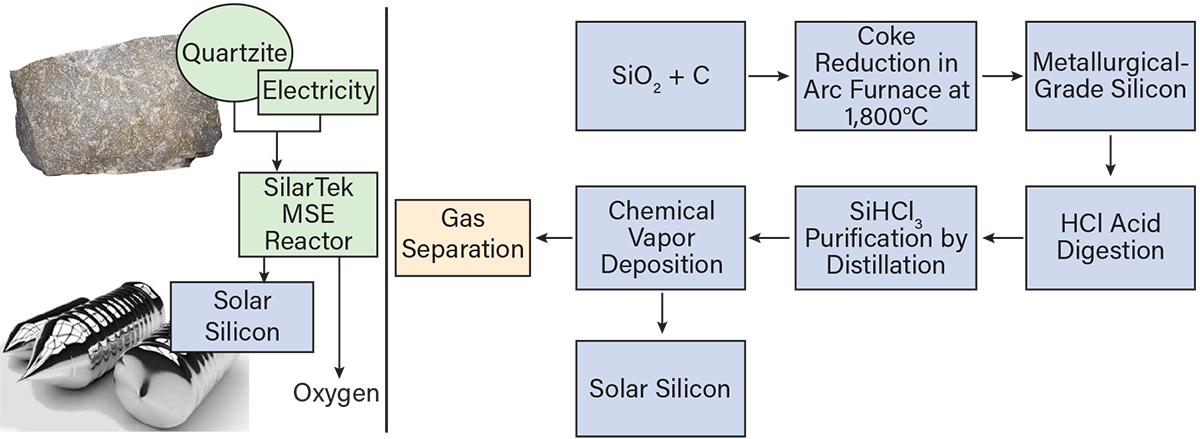NSF Funded Companies: In Partnership with CEP
These articles were written in partnership with the Chemical Engineering Progress about the work of some of our NSF funded companies.
Corn Zein-Based Edible Coatings Reduce Fresh Produce Waste
Nearly 1.3 billion tons of food — almost one-third of the world’s food supply — goes to waste each year. Producing and disposing of this much wasted food consumes 17.6 billion m3 of water and generates 193 million m.t. of greenhouse gases, according to the United Nations (UN) Food and Agriculture Organization (FAO) and the UN Environment Program. Novel food preservation technology could help feed every undernourished person on the planet and reduce the environmental impact of such waste.
Learn MoreEnhanced Chemical Imaging with Nano-DESI Mass Spectrometry
Mass spectrometry imaging (MSI) provides researchers with the ability to answer questions about the chemical composition of features observed through microscopy and about the distribution of otherwise invisible molecules within a sample. For example, MSI can provide information about some molecules produced by biological systems in response to environmental factors, inflammation, or toxic substances, which are often difficult to observe using conventional imaging modalities.
Learn MoreLow-Cost One-Step Production of Solar Silicon from Natural Quartzite
Silicon is the dominant material for photovoltaic (PV) technologies due to its abundance, low cost, and good PV efficiency. Today, the most common way to produce polysilicon for PV applications is via the Siemens process, which consists of carbothermic reduction, synthesis, purification, and chemical vapor deposition of toxic explosive chlorosilanes. This process is inherently complex, difficult to scale, energy-intensive (~300 kWh/kg), and unsafe due to the presence of toxic, flammable, and dangerous chemicals such as silane (SiH4) and hydrochloric acid (HCl). In addition, because it emits a considerable amount of greenhouse gases (GHGs), the Siemens process is a “non-green” production method used for a “green” purpose.
Learn MoreA New Drug Delivery System for Stopping Degenerative Joint Disease
Osteoarthritis is a degenerative joint disease that affects the lives of more than 32 million Americans. Post-traumatic osteoarthritis (PTOA), a type of osteoarthritis caused by injuries, comprises 10% of diagnoses and results in more than $3 billion in healthcare costs each year. In more than half of these cases, patients have suffered anterior cruciate ligament (ACL) damage, leading to PTOA within 10–15 years. However, PTOA has no effective therapeutic protocols to slow or stop its progression except for over-the-counter analgesics.
Learn MoreProducing Green Iron with a Zero-Carbon Electrochemical Process
Steel is the backbone of the modern world. The iron-based alloy is essential to construction, transportation, and many other activities tied to higher living standards. However, the iron and steel sector is a major source of carbon dioxide emissions, which are destabilizing the Earth’s climate.
Learn More





